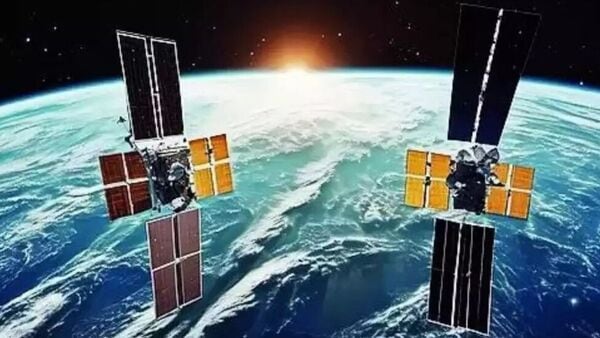Indian space research organization ISRO is all set to set new milestones in space. Just as a ship anchors in a river or sea port, India’s two artificial satellites will ‘anchor’ in space! One has to wait till Tuesday (January 7, 2025) to witness that moment. On that day the two satellites will be replaced in their orbits in space.
The ambitious project under which India’s two satellites – Chaser and Target – are going to be docked in space, has a fancy name – ‘Space Docking Experiment’ (Spadex).
Experts say that the implementation of this project is proof of how far India’s space science practices and technology have progressed. If India succeeds in this mission, it will be among the elite few countries in the world, which have managed to do this (on-orbit docking operation) so far.
The Spadex satellites were launched on December 30 last year. They are gradually moving towards their destination and the distance between them is being very carefully reduced. Initially this distance between them was about 20 km. Now it is gradually decreasing.
UR Rao Satellite Center Director En Sankaran said the ‘onboard propulsion system’ of these satellites will be activated only after reaching a certain distance for ‘docking’.
Experts say the process of anchoring in space is much more complicated than it sounds. Through that complex process, a system was developed, with the help of which satellites are able to communicate with each other through an inter-satellite radio frequency once they reach within 5 km of each other.
And, once this communication is established, the two satellites are able to exchange all the information about their position and trajectory to each other. Which is very important for the final success of this campaign.
This anchoring method involves a special process. This is called ‘hugging’ action. Through this the two satellites ensure the connection established between them.
According to the data, this campaign is not only a proof of technical success. It is the result of a long research and wait of Indian space science practice. Which was first planned in 1989. But, this project gained momentum from 2016. Because, in that year itself, the necessary approvals were obtained to take the project forward.
